Questionnaire Dr Marta Drozdowska a
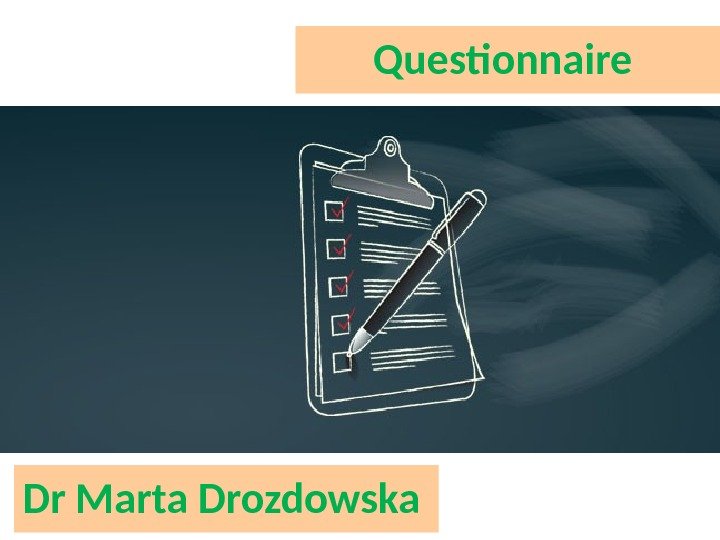
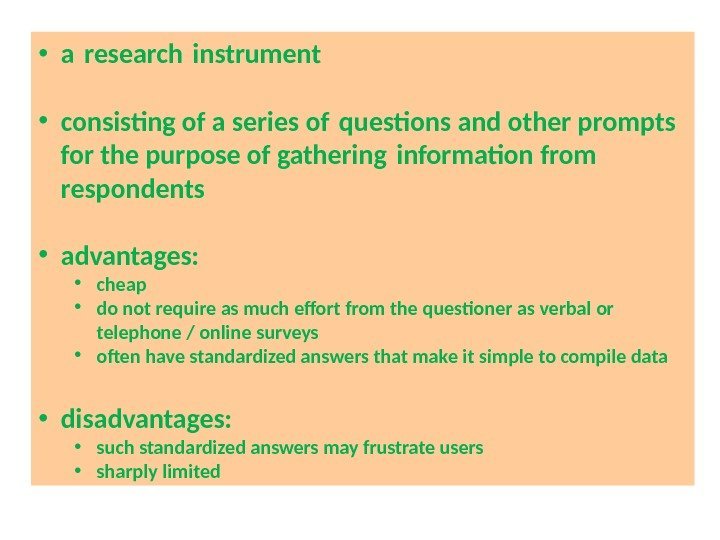

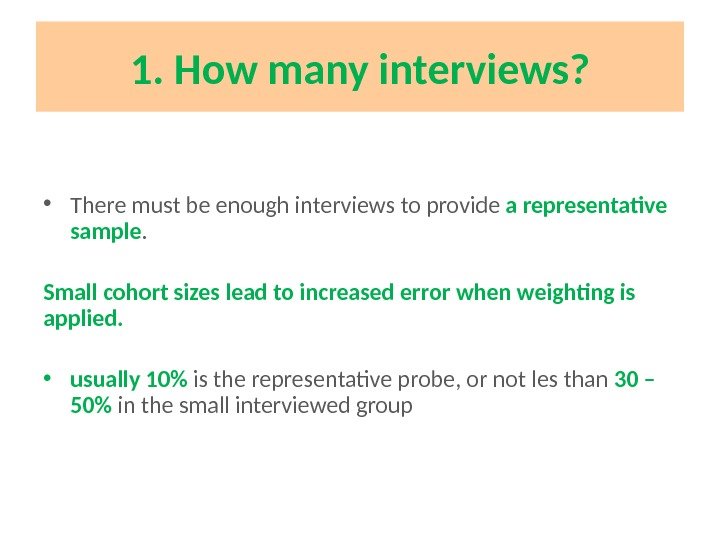
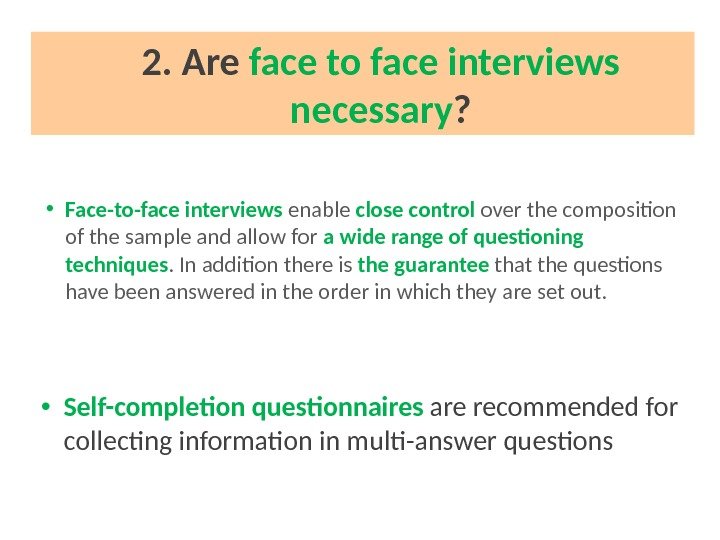
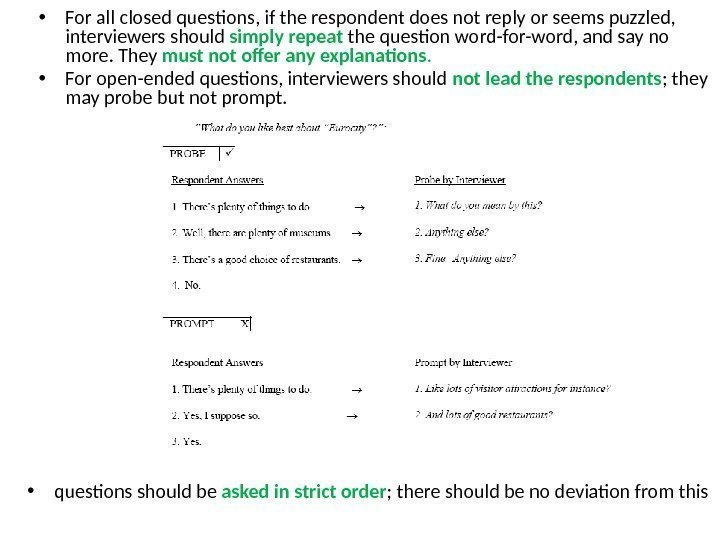
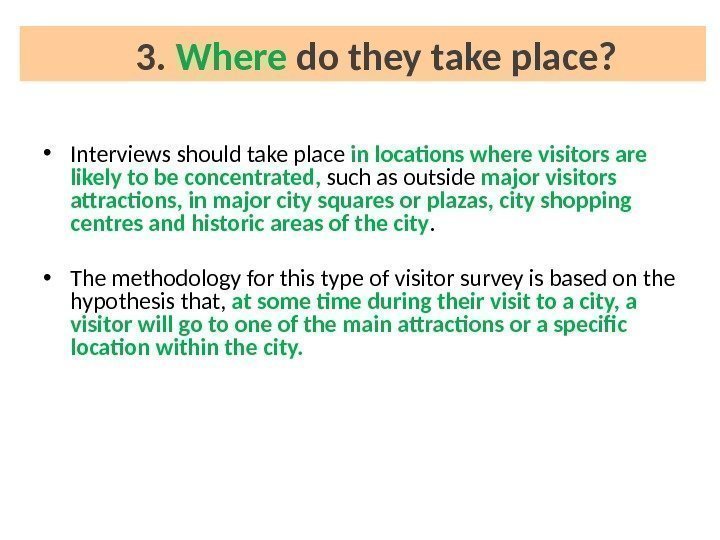
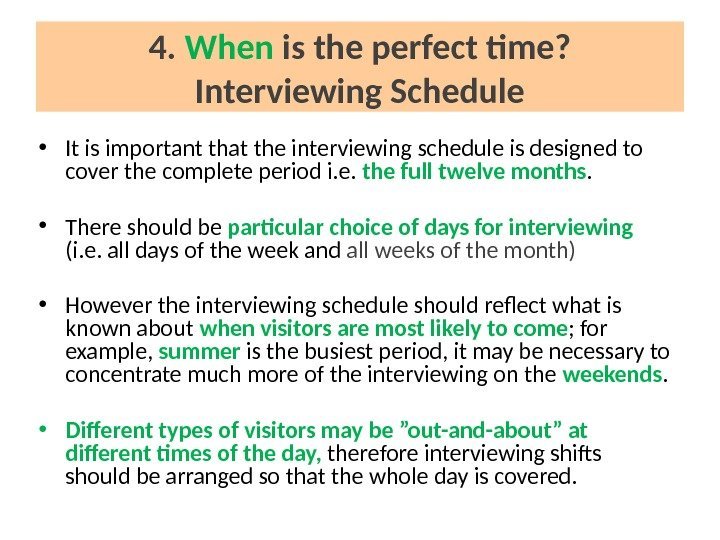
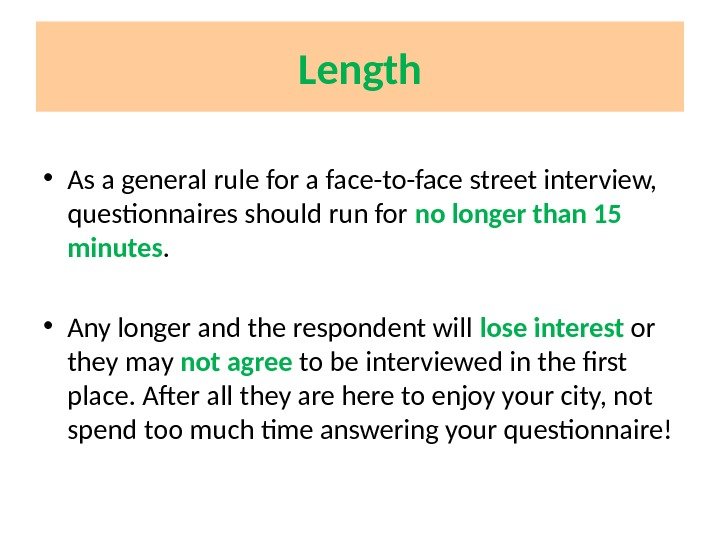
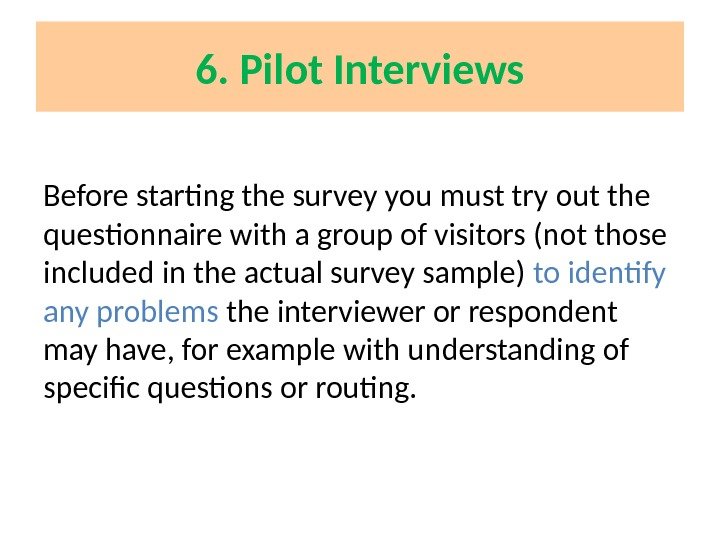
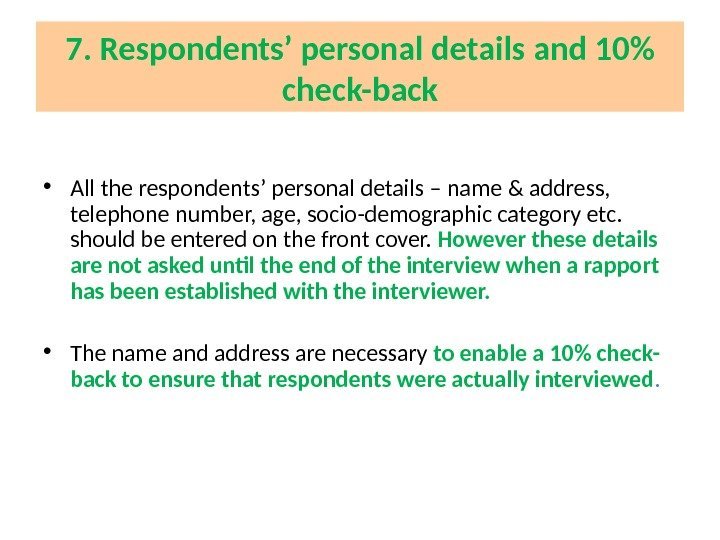
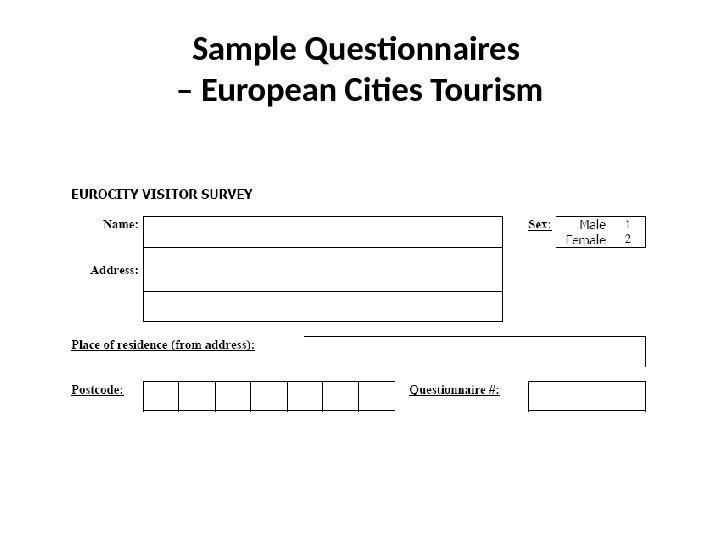
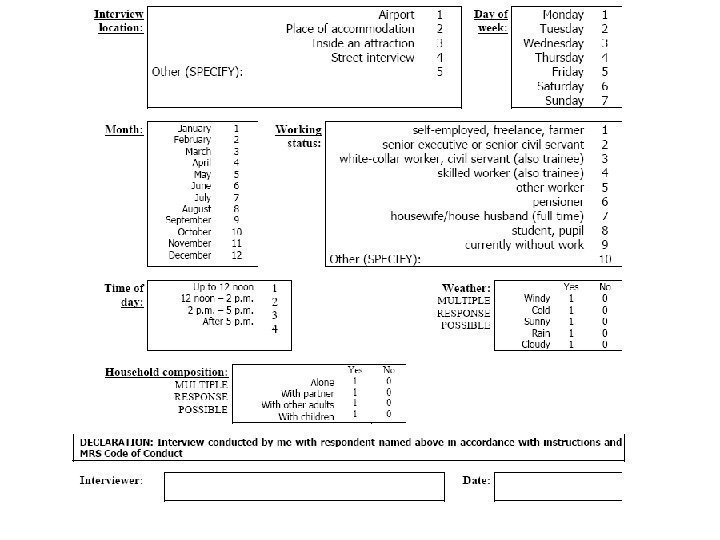
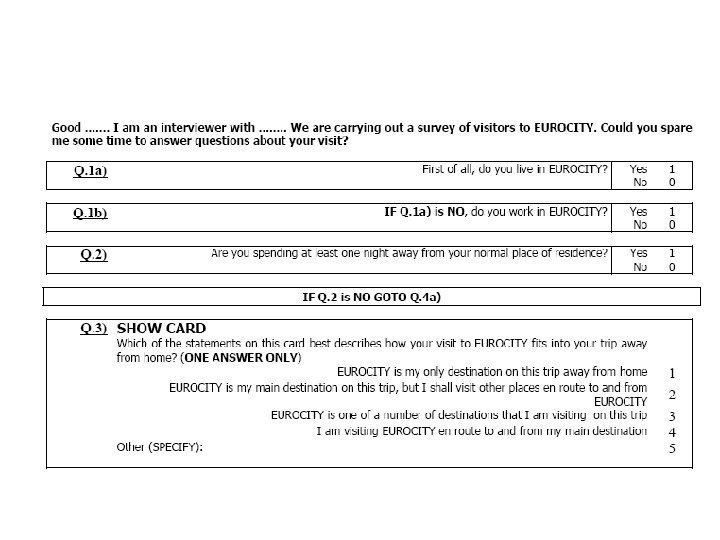
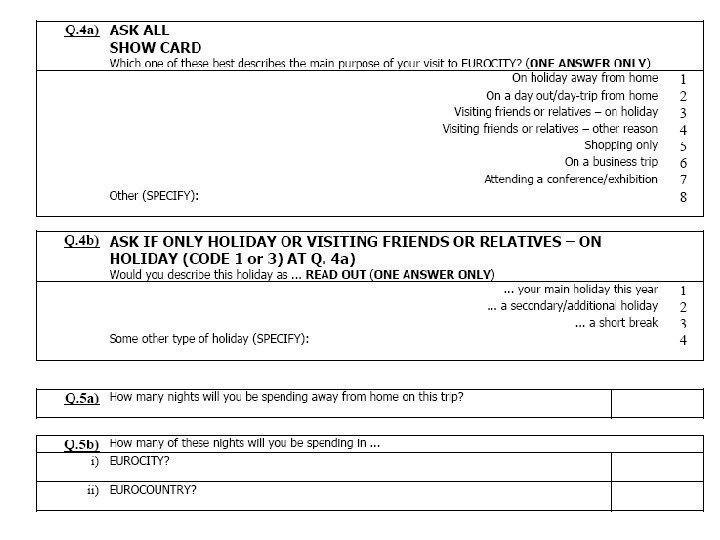
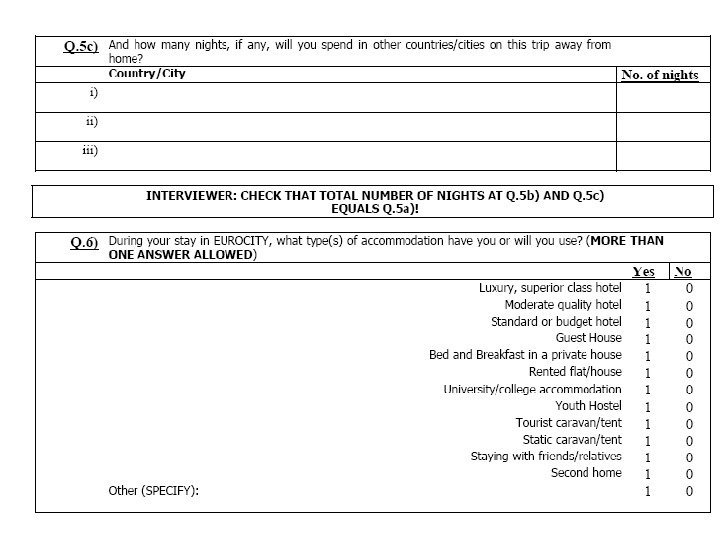
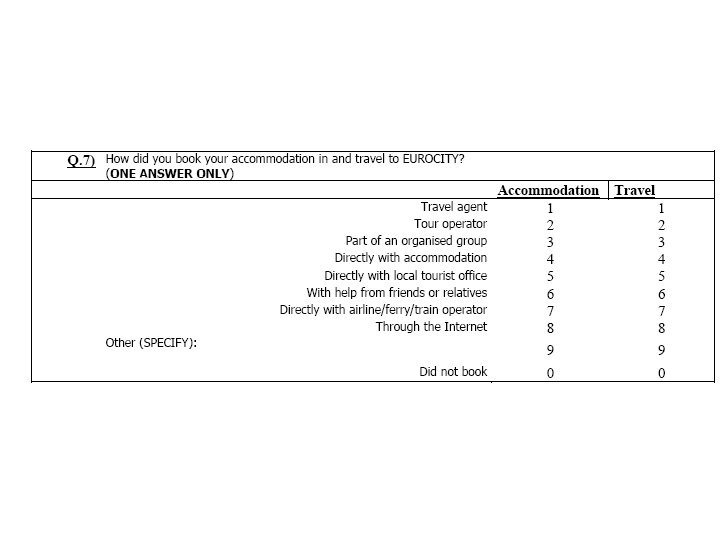
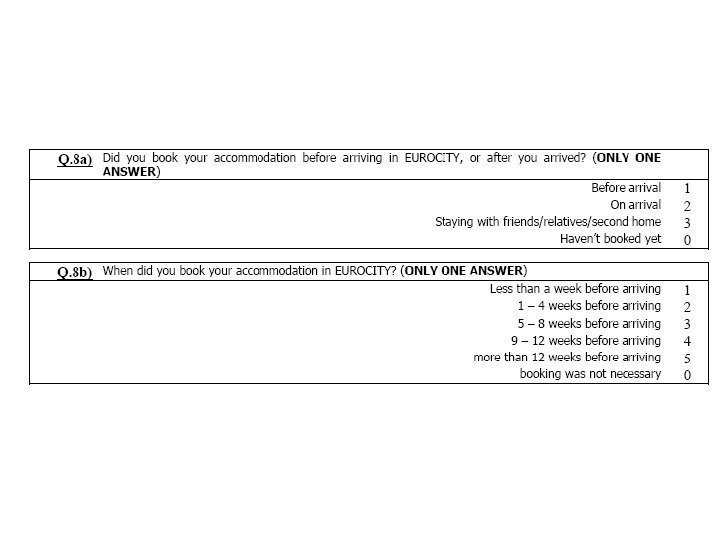
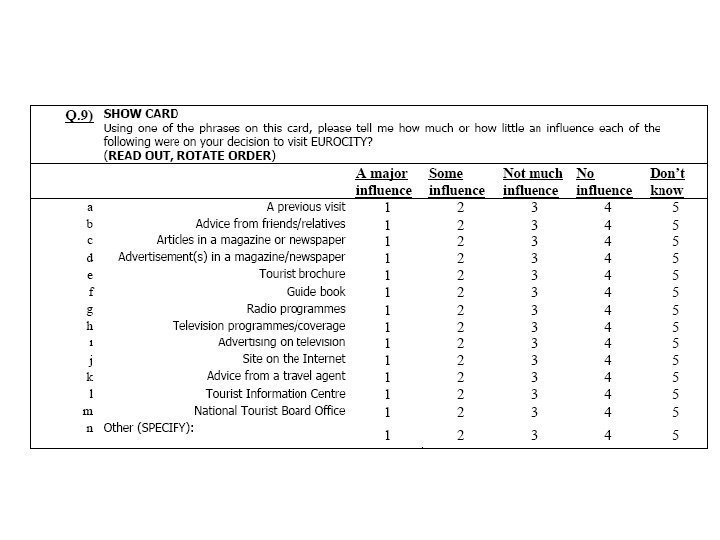
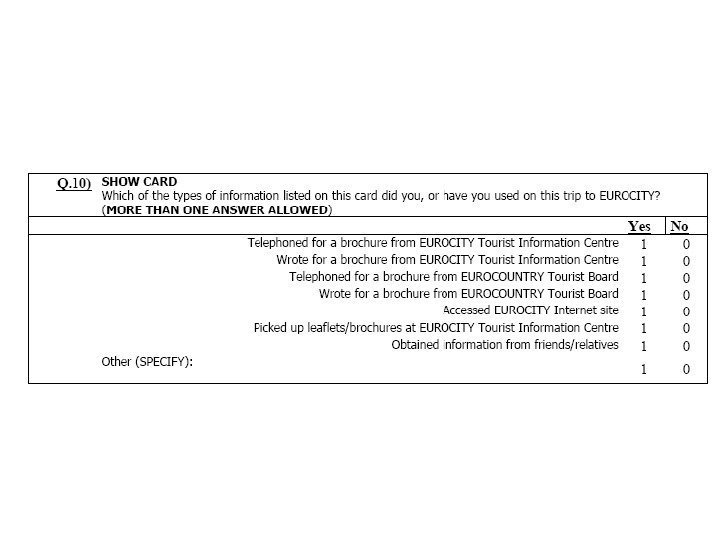
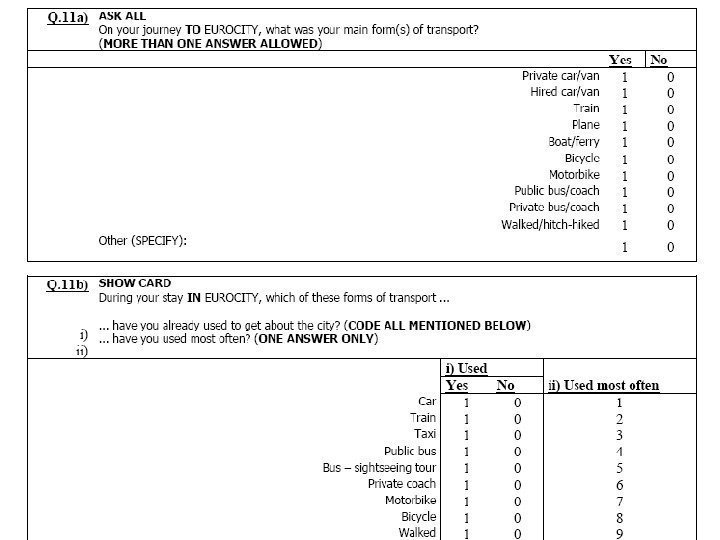
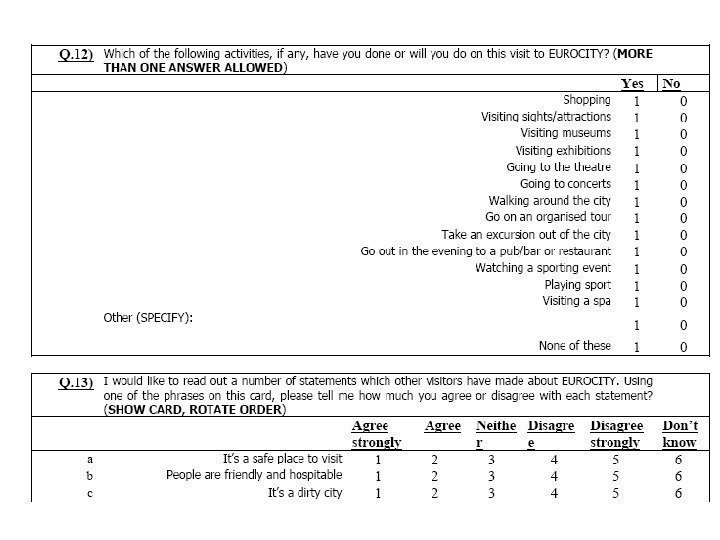
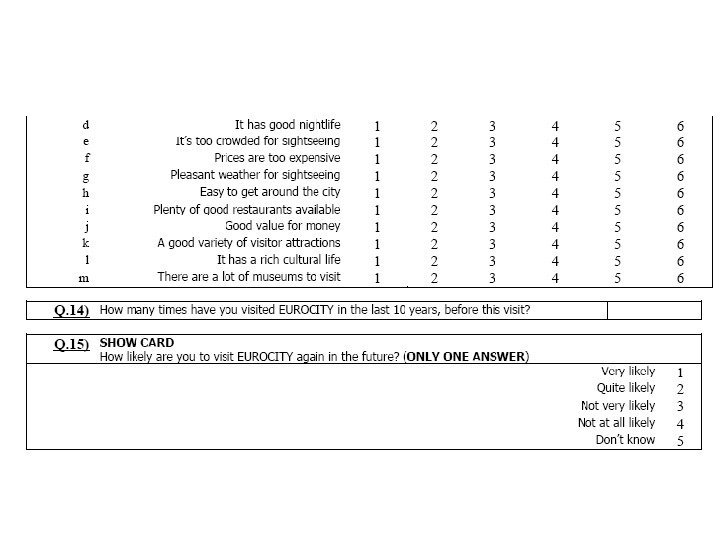
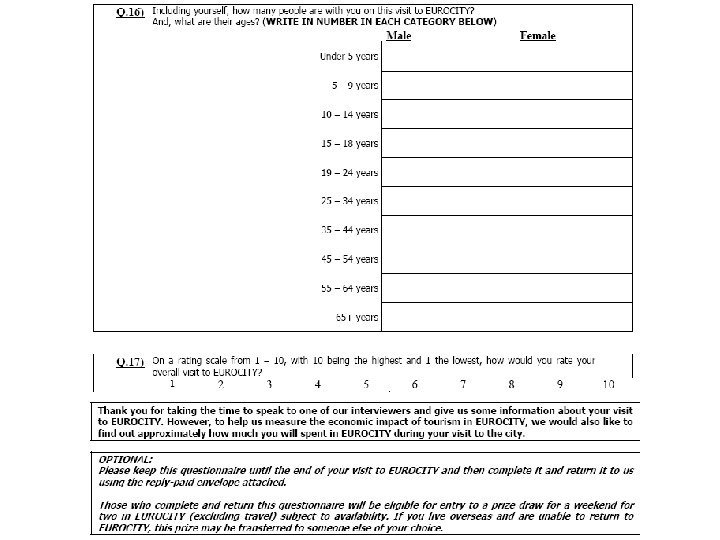
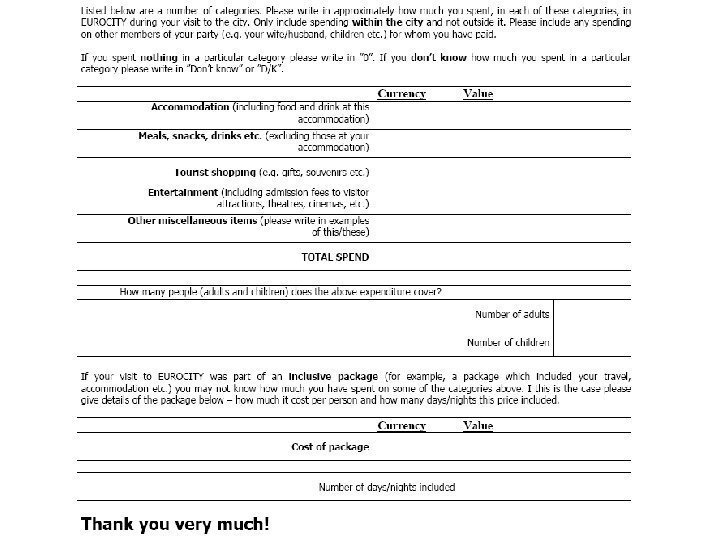
9_survey_in_tourism.pptx
- Размер: 1.1 Мб
- Автор:
- Количество слайдов: 25
Описание презентации Questionnaire Dr Marta Drozdowska a по слайдам
 Questionnaire Dr Marta Drozdowska
Questionnaire Dr Marta Drozdowska
 • a research instrument • consisting of a series of questions and other prompts for the purpose of gathering information from respondents • advantages: • cheap • do not require as much effort from the questioner as verbal or telephone / online surveys • often have standardized answers that make it simple to compile data • disadvantages: • such standardized answers may frustrate users • sharply limited
• a research instrument • consisting of a series of questions and other prompts for the purpose of gathering information from respondents • advantages: • cheap • do not require as much effort from the questioner as verbal or telephone / online surveys • often have standardized answers that make it simple to compile data • disadvantages: • such standardized answers may frustrate users • sharply limited
 Before: Think about all the information you will need to base your costs/time. For example you will need to know: 1. how many interviews are needed? 2. are face to face interviews necessary ? 3. Where do they take place? 4. do they take place all year round? If not – when is the perfect time? 5. How long are the interviews? 6. Pilot Interviews 7. Check-back questions
Before: Think about all the information you will need to base your costs/time. For example you will need to know: 1. how many interviews are needed? 2. are face to face interviews necessary ? 3. Where do they take place? 4. do they take place all year round? If not – when is the perfect time? 5. How long are the interviews? 6. Pilot Interviews 7. Check-back questions
 1. How many interviews? • There must be enough interviews to provide a representative sample. Small cohort sizes lead to increased error when weighting is applied. • usually 10% is the representative probe, or not les than 30 – 50% in the small interviewed group
1. How many interviews? • There must be enough interviews to provide a representative sample. Small cohort sizes lead to increased error when weighting is applied. • usually 10% is the representative probe, or not les than 30 – 50% in the small interviewed group
 • Face-to-face interviews enable close control over the composition of the sample and allow for a wide range of questioning techniques. In addition there is the guarantee that the questions have been answered in the order in which they are set out. 2. Are face to face interviews necessary ? • Self-completion questionnaires are recommended for collecting information in multi-answer questions
• Face-to-face interviews enable close control over the composition of the sample and allow for a wide range of questioning techniques. In addition there is the guarantee that the questions have been answered in the order in which they are set out. 2. Are face to face interviews necessary ? • Self-completion questionnaires are recommended for collecting information in multi-answer questions
 • For all closed questions, if the respondent does not reply or seems puzzled, interviewers should simply repeat the question word-for-word, and say no more. They must not offer any explanations. • For open-ended questions, interviewers should not lead the respondents ; they may probe but not prompt. • questions should be asked in strict order ; there should be no deviation from this
• For all closed questions, if the respondent does not reply or seems puzzled, interviewers should simply repeat the question word-for-word, and say no more. They must not offer any explanations. • For open-ended questions, interviewers should not lead the respondents ; they may probe but not prompt. • questions should be asked in strict order ; there should be no deviation from this
 • Interviews should take place in locations where visitors are likely to be concentrated, such as outside major visitors attractions, in major city squares or plazas, city shopping centres and historic areas of the city. • The methodology for this type of visitor survey is based on the hypothesis that, at some time during their visit to a city, a visitor will go to one of the main attractions or a specific location within the city. 3. Where do they take place?
• Interviews should take place in locations where visitors are likely to be concentrated, such as outside major visitors attractions, in major city squares or plazas, city shopping centres and historic areas of the city. • The methodology for this type of visitor survey is based on the hypothesis that, at some time during their visit to a city, a visitor will go to one of the main attractions or a specific location within the city. 3. Where do they take place?
 4. When is the perfect time? Interviewing Schedule • It is important that the interviewing schedule is designed to cover the complete period i. e. the full twelve months. • There should be particular choice of days for interviewing (i. e. all days of the week and all weeks of the month) • However the interviewing schedule should reflect what is known about when visitors are most likely to come ; for example, summer is the busiest period, it may be necessary to concentrate much more of the interviewing on the weekends. • Different types of visitors may be ”out-and-about” at different times of the day, therefore interviewing shifts should be arranged so that the whole day is covered.
4. When is the perfect time? Interviewing Schedule • It is important that the interviewing schedule is designed to cover the complete period i. e. the full twelve months. • There should be particular choice of days for interviewing (i. e. all days of the week and all weeks of the month) • However the interviewing schedule should reflect what is known about when visitors are most likely to come ; for example, summer is the busiest period, it may be necessary to concentrate much more of the interviewing on the weekends. • Different types of visitors may be ”out-and-about” at different times of the day, therefore interviewing shifts should be arranged so that the whole day is covered.
 Length • As a general rule for a face-to-face street interview, questionnaires should run for no longer than 15 minutes. • Any longer and the respondent will lose interest or they may not agree to be interviewed in the first place. After all they are here to enjoy your city, not spend too much time answering your questionnaire!
Length • As a general rule for a face-to-face street interview, questionnaires should run for no longer than 15 minutes. • Any longer and the respondent will lose interest or they may not agree to be interviewed in the first place. After all they are here to enjoy your city, not spend too much time answering your questionnaire!
 6. Pilot Interviews Before starting the survey you must try out the questionnaire with a group of visitors (not those included in the actual survey sample) to identify any problems the interviewer or respondent may have, for example with understanding of specific questions or routing.
6. Pilot Interviews Before starting the survey you must try out the questionnaire with a group of visitors (not those included in the actual survey sample) to identify any problems the interviewer or respondent may have, for example with understanding of specific questions or routing.
 7. Respondents’ personal details and 10% check-back • All the respondents’ personal details – name & address, telephone number, age, socio-demographic category etc. should be entered on the front cover. However these details are not asked until the end of the interview when a rapport has been established with the interviewer. • The name and address are necessary to enable a 10% check- back to ensure that respondents were actually interviewed.
7. Respondents’ personal details and 10% check-back • All the respondents’ personal details – name & address, telephone number, age, socio-demographic category etc. should be entered on the front cover. However these details are not asked until the end of the interview when a rapport has been established with the interviewer. • The name and address are necessary to enable a 10% check- back to ensure that respondents were actually interviewed.
 Sample Questionnaires – European Cities Tourism
Sample Questionnaires – European Cities Tourism













